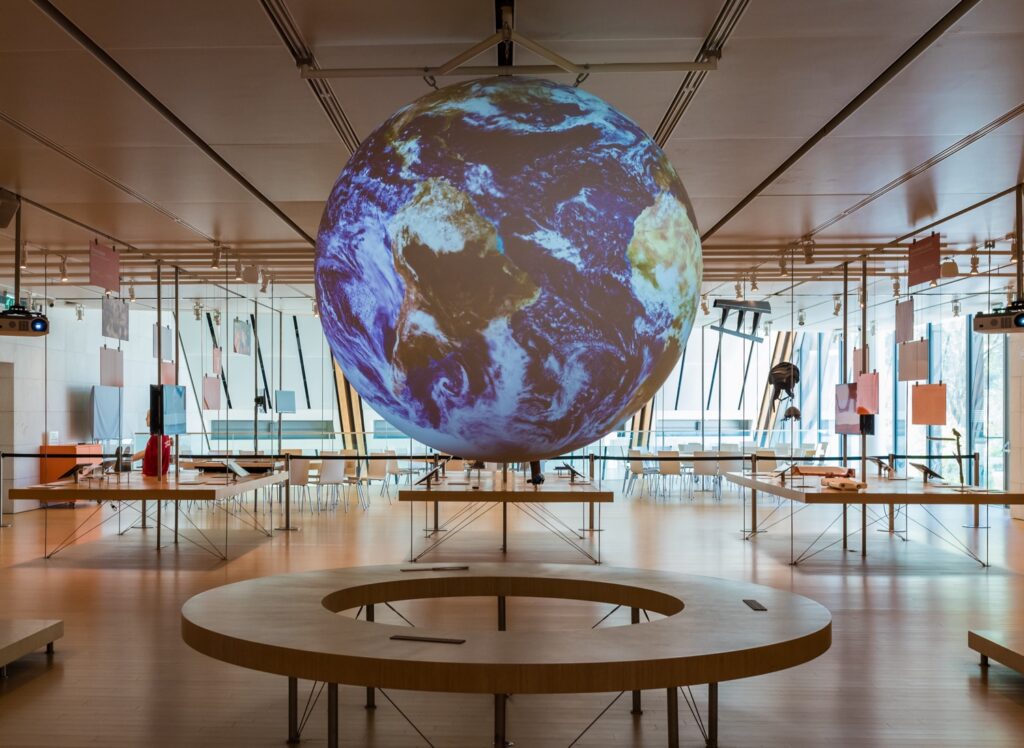
The Mapping Museums Lab is based at Birkbeck, University of London and Kings College London and combines computer science, data science, geography, and museum studies. Focusing on museums in the UK since 1960, our research addresses the following questions:
- How can we collect, classify, model, and analyse (very patchy) data on museums?
- What does the data suggest about the constitution of the museum sector, the history and purpose of museums, and the location of culture?
- How can we best combine qualitative and quantitative research to generate new insights and lines of enquiry for all members of the team?
Our current projects are:
Our previous projects were: